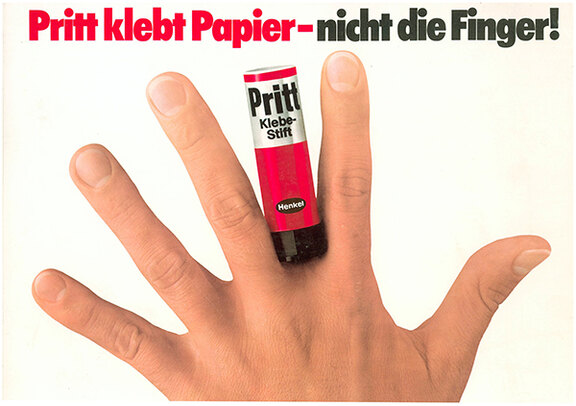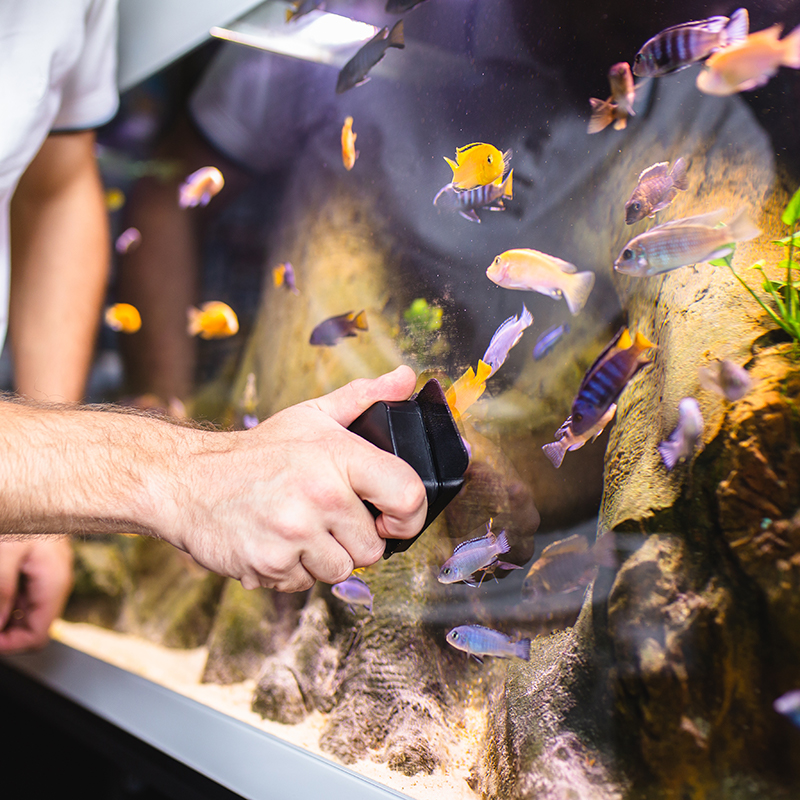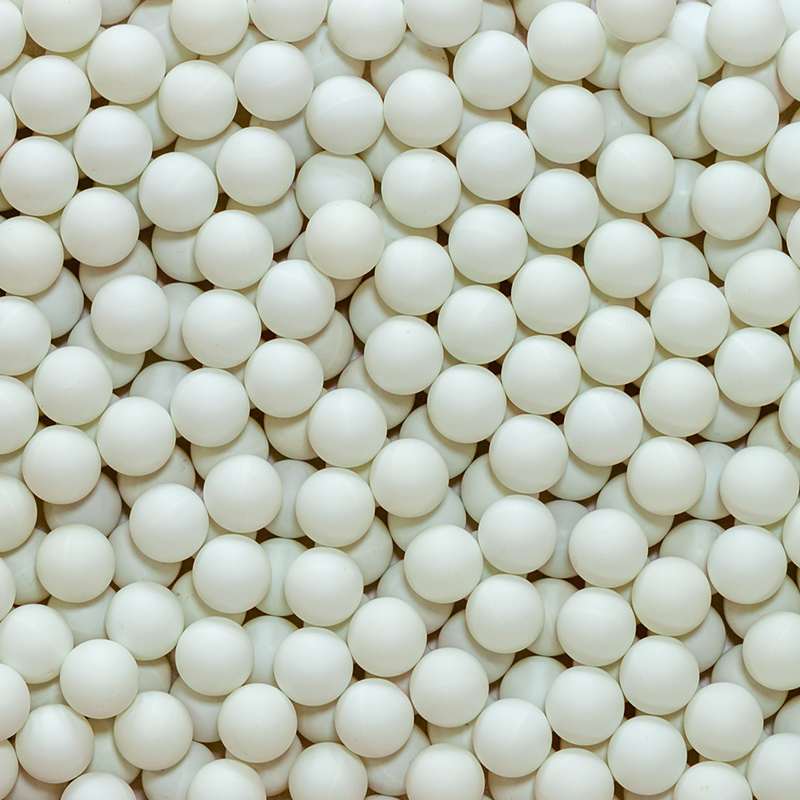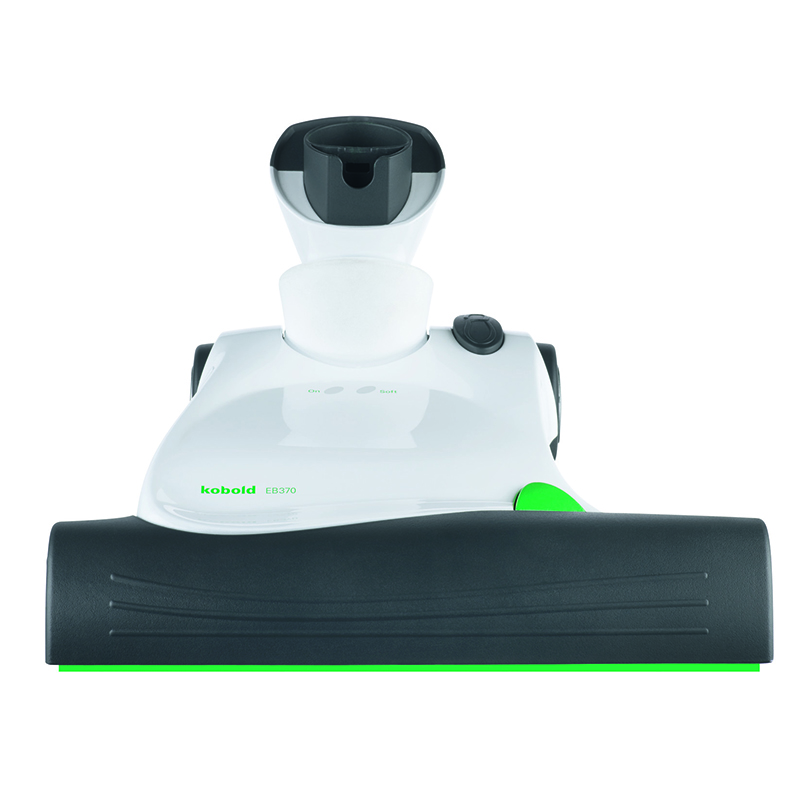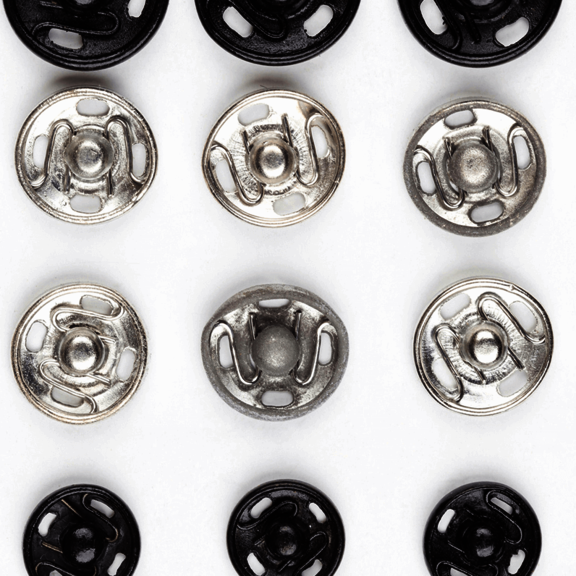But what’s so special about the Pritt Stick? It was the first solid glue to twist up – like a lipstick.
Our forefathers, the Neanderthals, used birch tar to bind stone and wood together for their weapons and tools. The Mesopotamians (4,000 BC) already knew about bitumen. The Sumerians or the Greeks are thought to have invented the first glue. Blood, egg white, and tree resin were also used as adhesives in the past. The invention of printing meant that glue grew in importance. Towards the end of the 17th century, the first glue factory opened in the Netherlands.
1969 – a significant year
The idea is as simple as it is ingenious: in 1967, Dr. Wolfgang Dierichs was flying high in the sky on board an aircraft when he was suddenly struck by a flash of inspiration. Watching a young woman take out her lipstick and skillfully apply it, the Henkel researcher asked himself the crucial question: Why is there no paper glue in the form of a lipstick yet? Small and handy, clean, and always ready to use.
Just two years later, the world’s first glue stick was born in Düsseldorf: the Pritt Stick. Apart from the new shape, the unique innovation was how the flow behavior of the glue had been stabilized in such a way that the adhesive mass could be twisted out of the tube and applied cleanly.
The invention in detail
At the time, aqueous glues made from manioc starch were already known in research. They could be thickened by adding soap. For the Henkel researchers, however, these glues were unsuitable. Instead, they combined two new substances: rigid and dimensionally stable soap gels, like those used in the cosmetics industry (e.g. in lipsticks), and a film-forming, water-soluble adhesive.
The researchers were pleasantly surprised by the properties of this new substance. When the soap gel and the adhesive were combined, the rigid properties of the soap gel came to the fore first of all: the substance was solid, and the adhesive property was suppressed somewhat. However, as soon as the new material was rubbed, the soap structure was disturbed, and the soft material could be spread over a wide area – and it was sticky.
Continuous improvements and sustainability research
Since then, the Pritt Stick has been constantly refined and given new functions: from Pritt All Purpose Glue (1972), to the Pritt Glue Roller (1989), to Pritt Craft Glue (2010), to the improved Pritt Stick (2011). Over the course of its history, the Pritt Stick family can look back on a huge number of patents. Whereas in earlier years Henkel’s research primarily focused on new applications and improvements to the glue, since the 1990s the inventors have turned their attentions to sustainability in Pritt production. In 1991, the switch from petroleum-based PVP glue sticks to plant-based solutions began. Since 2000, Henkel has completely dispensed with PVP in Pritt Sticks in favor of modified starch. But it has not done away with the tried-and-tested shape and the twist function, which may still remind some inventive minds of lipstick today ...
(Images: Henkel AG & Co. KGaA)


